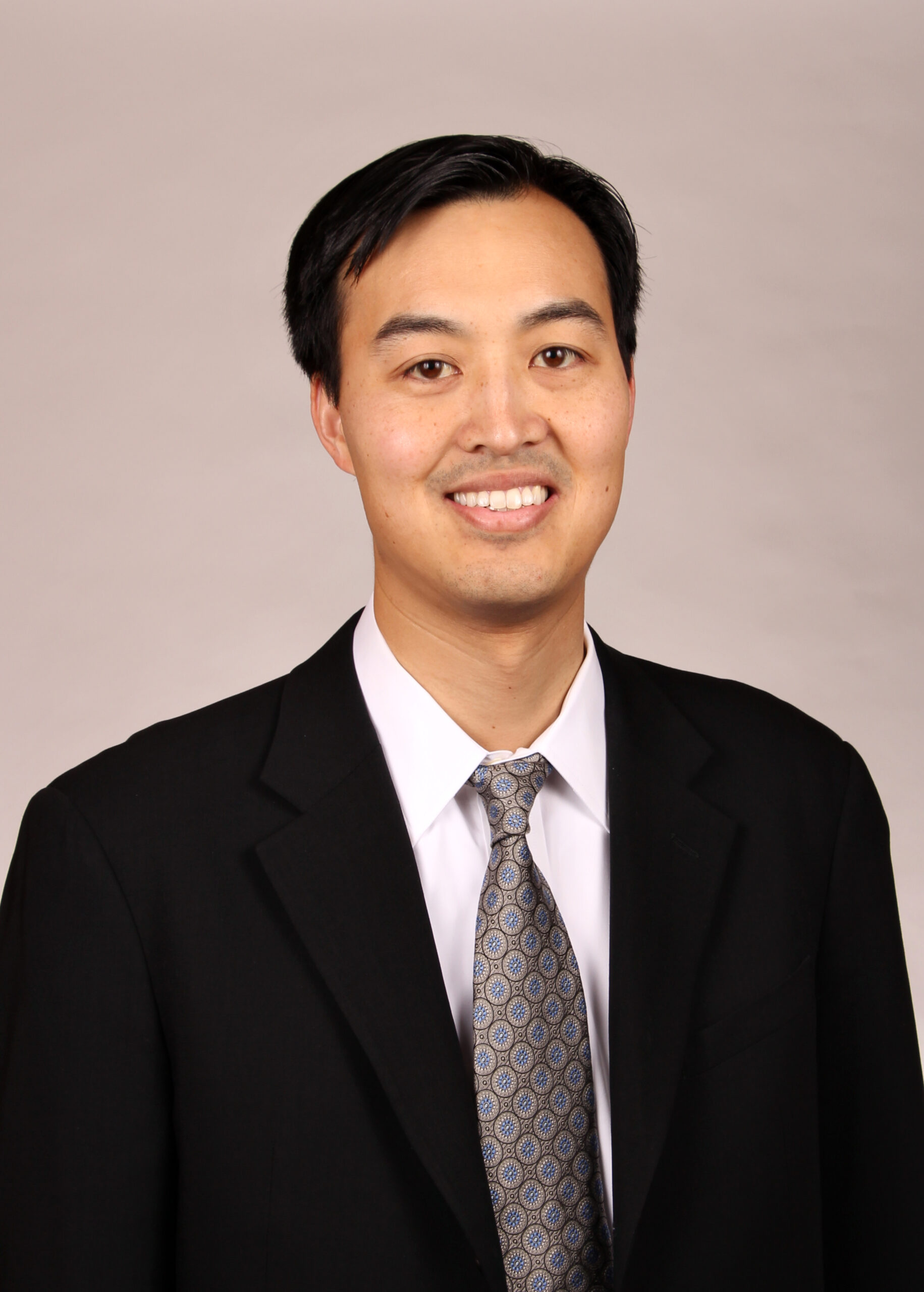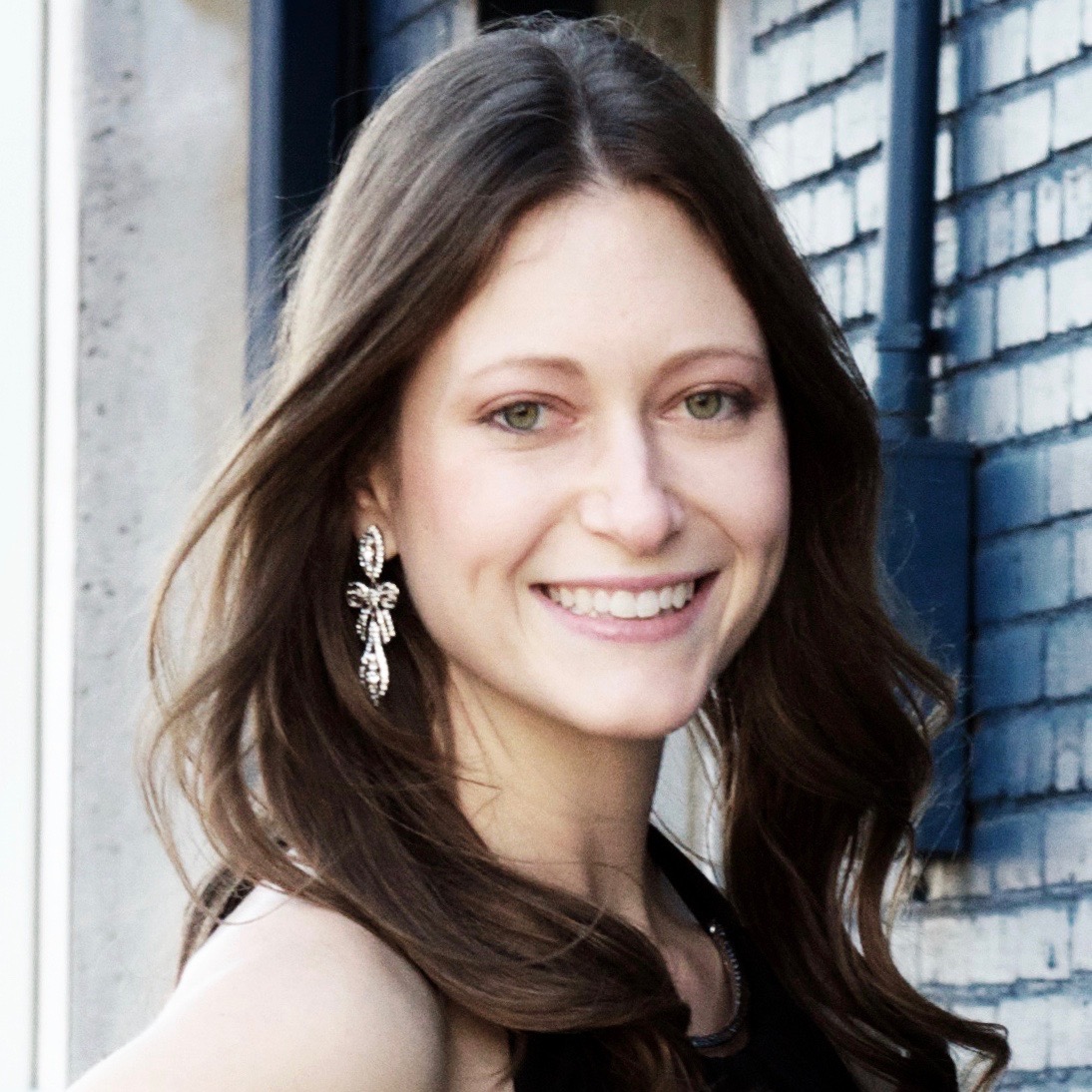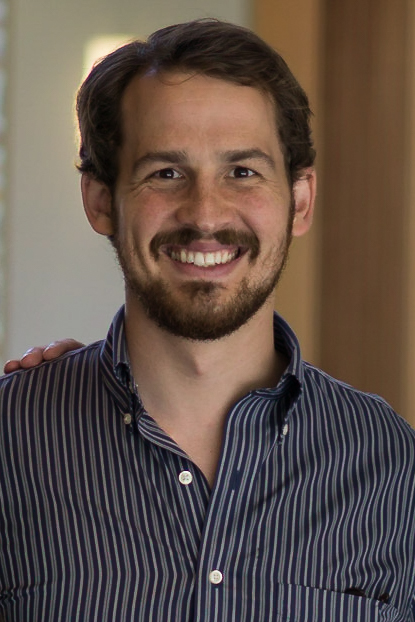Alternatives: Off the Beaten Path
Three alumni discuss how they used their biomedical engineering background to explore career paths outside of the traditional engineering world

 Garheng Kong, MD, PhD, MBA
Garheng Kong, MD, PhD, MBA
Founder and Managing Partner of HealthQuest Capital in San Francisco Bay Area, CA | Advisor: Mark Dewhirst
Garheng Kong earned his PhD, MD and MBA from Duke University, where his research centered on liposomal drug delivery for cancer treatment. Combining his extensive background in engineering, medicine and business, Kong founded venture-capital firm HealthQuest Capital in 2012 with the aim of working with innovative entrepreneurs to transform healthcare.
How did you make the transition from Duke BME to your current role at HealthQuest Capital? What inspired this transition?
My professional motivation has always been to reach people positively through healthcare at scale. Many of my family members are physi-cians, and I originally went to medical school to care for people. I realized that to have impact on more people, I wanted to pursue translational science and Duke BME was a fantastic oppor-tunity to learn the skills where I might one day advance medicine and reach many more people. I was fortunate that my PhD research had near-term clinical application, however, I also learned that medical innovations need to be commercial-ized to actually ever reach a patient. That’s when I spent time in pharma (GlaxoSmithKline), strategy consulting (McKinsey), and eventually healthcare startup companies (Cellective Ther-apeutics and Viamet Pharmaceuticals). After working in small startups, I understood that I could have even more scale if I helped finance a portfolio of these companies that were develop-ing innovations to improve patient outcomes and healthcare economics. It was this progres-sion of realizations that ultimately led me into the investing world and to eventually founding HealthQuest Capital.
What does your role as a managing partner at HealthQuest Capital typically involve?
We have a great group of investment and back office professionals that work together as a team. My role is to ensure that we partner with the best companies driving healthcare innovation and support these companies as they grow. A typical day might include tive new investments, engaging in diligence on these opportunities, attending board meetings of current portfolio companies, and internal firm management. I’m usually traveling two to three days per week. One of the nice aspects of our industry is that you can work from almost anywhere as long as you have a connected phone and computer. You still have to meet in-person, but the efficiency of our business is very high.
How did your time in Duke BME prepare you to succeed?
Duke BME was a valuable experience for me during a formative time in my development. In addition to critical thinking, I learned how to conduct scientific research and was given oppor-tunities to explore multiple professional avenues. Dr. Dewhirst was a wonderful advisor who was really focused on my personal development and was a fantastic mentor to me. After graduating Duke BME, the benefits of being an alumnus were also tangible—both due to the institution’s reputation but also due to the deep network of alumni who preceded and supported me.
Is there an experience that defined your time in Duke BME?
The area of research that I was focused on was drug delivery—principally for the treatment of cancer. One particularly memorable moment for me was seeing the treatment of a patient in a clinical trial that incorporated some aspects of our work. One can cure all the mice in the world of cancer, but it’s not comparable to seeing a single patient potentially benefit. It really brought home to me the significance and opportunity of advancing medicine.
 Lauren Polstein Toth, PhD
Lauren Polstein Toth, PhD
Sr. Principal Engineer, Northrop Grumman Advisor: Charles Gersbach
Lauren Toth studied genetic engineering as a PhD student in Duke University’s Department of Biomed-ical Engineering. As a senior principal engineer at Northrop Grumman, she’s applying her experience in arenas from health to security.
Tell us about your research at Duke BME.
I was a PhD student in Charlie Gersbach’s lab, where I engineered light-inducible systems that can activate genes in any specific location or pattern in a lab dish by turning on blue light. This technology could potentially allow a scientist to pick any gene on a chromosome and turn it on or off with light, which could allow us to better study genes’ functions and create com-plex systems for growing tissue. My goal was to induce muscular tissue and vascular formation in response to blue light.
How did you get the position at Northrop Grumman?
When I was in graduate school I went to a Northrop Grumman information ses-sion, and the speaker suggested that I apply to the Future Technical Leaders Program. The program allows employees to rotate through different specialties within the company to get a wide variety of experiences. It was targeted towards recent graduates with master’s or PhD degrees, and I ended up applying and getting an offer. I took a leap of faith in taking the job, which was intimidating since it involved experiences outside biomedical engineering and I was worried I’d be a fish out of water.
What did your different roles in the program involve?
When you start, you do three one-year rotations through different groups within the company. You can occupy positions in research, project management, strategy, program execution, and other roles. In my first placement I served as the genomics and molecular/synthetic biology expert within the Personalized Healthcare Group, so I ended up working with research I was more familiar with. My next rotation involved devising a secure mobile data solution, which was outside anything I’d ever done. For my final rotation, I helped manage the Technology Services Sector’s innovation program while taking on the new role of business development and capture for the New York City Wireless Network program. Now I’m a senior principal engineer with Northrop Grumman in NYC.
How did your time at Duke BME prepare you for your role at Northrop Grumman?
Even when I wasn’t working directly with my biomedical engineering background, a lot of the things I did for my PhD really helped with the role. I did a lot of technical writing, and the presentation skills from lab meetings and con-ferences helped me get comfortable speaking to people in a formal setting.
Was there an experience that particularly sticks out to you during your time in Duke BME?
The first thing that comes to mind is the first time I got a “good” result in lab. For months during my first year, I had been tweaking con-ditions to get my light-inducible cells to work, and I saw one experiment fail after another. I definitely started losing my confidence. I was in lab one night running an assay, and as I saw the values pop up on the screen while the test was running, I couldn’t believe my eyes because something finally worked! Everything clicked into place after that, and I had enough data to publish my first paper within a few months. Grad school definitely teaches you how to persevere and remain optimistic despite repeated failures, and I’ve carried that lesson with me into my career today.
 Matthew Rinehart, BSE, PhD
Matthew Rinehart, BSE, PhD
Senior Optical Engineer, Waymo, Mountain View, CA Advisor: Adam Wax
Matt Rinehart got the most out of his decade at Duke, first earning his bachelor’s degrees in biomedical engineering and electrical engineering before pursuing a PhD in biomedical engineering. Leveraging his background in optical sciences, Rinehart worked at Skybox, where he built camera and telescope systems for space satellites, before transitioning to Waymo, where he works on sensing technology for self-driving cars.
What was the focus of your research during your time in Duke BME?
I focused on advanced microscopy and its potential biomedical applications. I specifically developed instrumentation and processing meth-ods for holographic microscopy. The instruments enabled single-shot capture of dynamic events, like cells moving through microstructures. I also studied the biophysical properties of red blood cells and the dynamic properties of microbicide polymers as they swelled and dissolved, which was important for the study of targeted drug delivery.
How did your time in Duke BME prepare you for your current career path?
I spent a decade at Duke in biomedical and electrical engineering—four years as an under-grad followed by six years in the PhD program. During this time, I learned really solid engi-neering fundamentals in signal processing and instrument design. More importantly, I was given the latitude to perform independent research and pursue concepts that seemed interesting to me. This led me to develop skills spanning problem definition, experimental design & planning, hands-on system development, image processing and data analysis (coding), and synthesis/inter-pretation of results.
Dr. Wax’s mentorship style pushed me to really clarify goals for myself and then continue proj-ects until we had meaningful results. Now in my career, I find that my ability to dig into thorny technical problems and rigorously troubleshoot is invaluable. I also developed a deep knowledge of photonics and imaging principles that I use quite frequently in my work in industry.
How do these skills translate to your job at Waymo? What drew you to this non-BME career path?
Although my current projects don’t have bio-medical motivations, my technical background in instrumentation, sensor systems and data analysis has translated really well. I transitioned to Waymo for a few reasons. It was a great chance to be part of a good team of strong engineers that work really well together, and I wanted to work on higher volume products that would be used by a lot of people. I also realized that while I had a great background in design engineering and prototyping, I still knew very little about product life cycle and scaling a device to mass production manufacturing. At Waymo, I have the opportu-nity to contribute to the full product life cycle from concept all the way through mass produc-tion. It’s really satisfying to see sensor systems that I have worked end up on cars that drive on public roads every day.
Is there an experience that made your time in the department unique?
I spent many Friday afternoons hanging out with a core group of other BME students outside of Twinnies. We had a “classy beer club” tradition, and it was a great time to get out of the lab, meet other folks around CIEMAS, chat about research, and develop friendships. Even though all of us from that group are scattered around the country, those are the friends from school that I keep in touch with. Several of those engineers have gone on to faculty positions at other univer-sities so it’s nice to still hear updates from within the academic research community.
